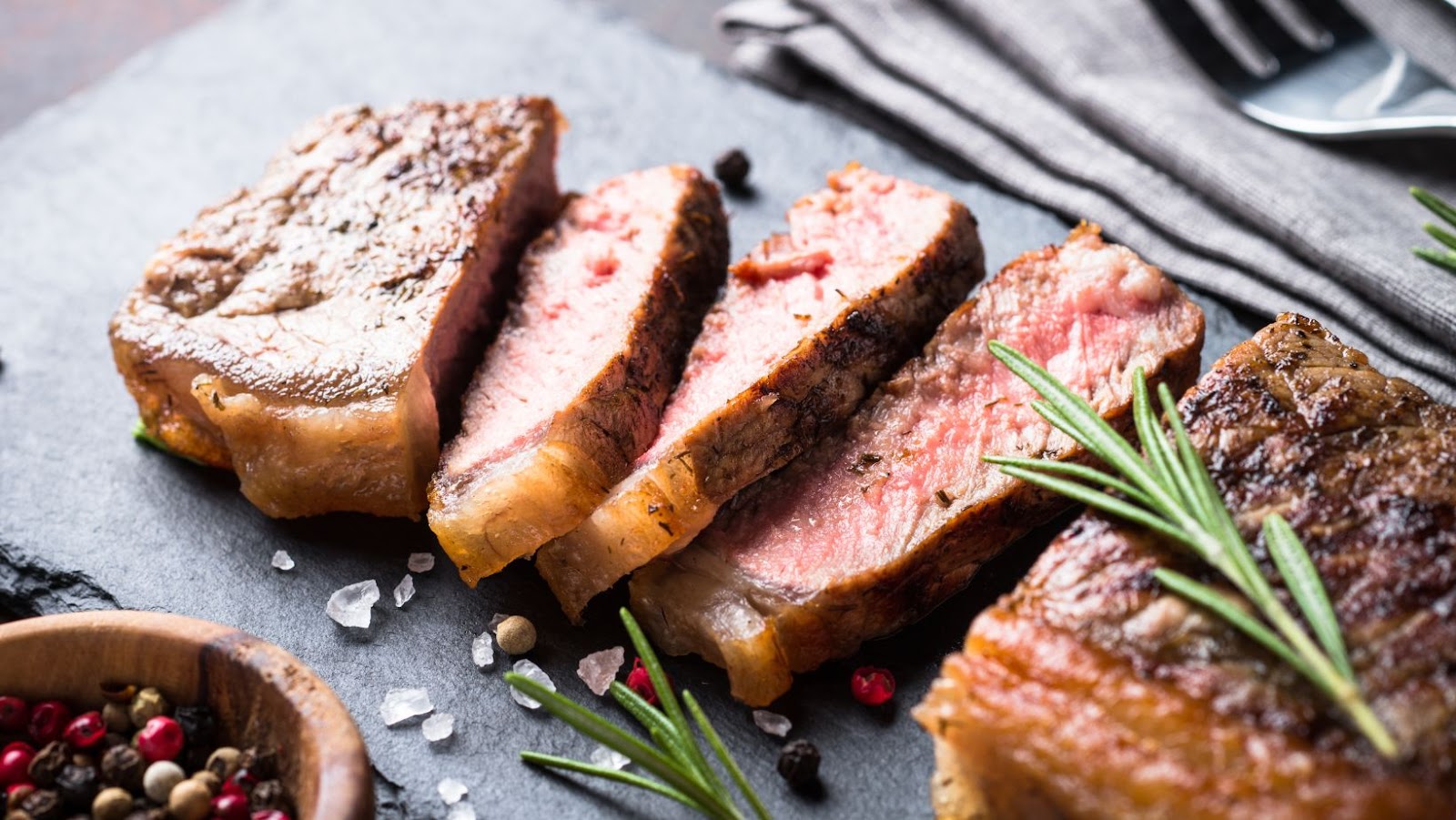4 Dos And Don’ts Of Preparing Pasta Dishes

Pasta dishes are some of the easiest recipes anyone could make. Just boil some salted water, add pasta, and serve with the sauce and toppings of your choice. However, not everyone’s a master in the kitchen. Even the simplest recipes can be intimidating for some if they’ve never used a stove.
But you don’t have to worry. When you learn these dos and don’ts, you’ll soon be able to create delectable pasta dishes in no time. Keep this information handy the next time you cook spaghetti or baked macaroni for your friends and family.
Dos
Know What Pasta You’re Using
As you may already know, pasta comes in different shapes and sizes. You don’t need to memorize their names. But it helps when you know what type you’re using for your dish. Doing so will allow you to prepare the necessary tools and other ingredients.
Understanding this simple breakdown of pasta will also let you use the correct cooking method for a particular recipe. For example, pasta types like penne and lasagna noodles have a more satisfying texture after baking them. Others, like angel hair and fettuccine, are already great after boiling. When you know what you’re using, you’ll cook and serve it as intended and have fewer problems in the kitchen.
Add The Pasta When The Water’s Boiling
Typically, pasta dishes are quick to prepare. However, some people are too impatient and toss their noodles in a pot of lukewarm water. As a result, the pasta is overcooked and soggy, which most people dislike. For this reason, you must first allow the water to boil.
So, when cooking your pasta, sprinkle enough salt in the water, turn the stove on high heat, and wait for it to bubble. Only then should you put the pasta in the pot. Let it boil based on the cooking time indicated on the packaging.
Regularly Stir The Pasta
Pasta noodles tend to clump together when left alone in boiling water. You’d like to avoid this as much as possible. So, remember to stir your pasta while cooking to keep each strand or piece separate.
Here’s a brief guide on when you need to stir your pot:
- When you put the pasta in the water
- When they’re halfway done cooking
- When it’s time to turn off the stove
Follow this method when cooking spaghetti, macaroni, or other pasta types. You’ll be less likely to have clumpy pasta with every bite.
Reheat Leftover Pasta Correctly
When preparing leftover pasta, you can reheat it in several ways. One is boiling it again. You can apply this method if you keep your pasta and sauce in separate containers.
Another way is to sauté it, especially if you’ve already mixed your sauce into the pasta. Toss it in a pan coated with cooking oil and sauté for two-to-five minutes over medium-high heat. Stir it frequently to avoid overcooking.
You can also reheat leftovers or cook frozen fresh pasta by baking it. Cover it in foil in a baking dish and pop it in the oven at 350℉ or 176°C. You can cool and eat your pasta after 15 to 20 minutes.
Don’ts

Boil Different Kinds Of Pasta In One Pot
The ‘one-pot’ or ‘one-pan’ cooking style has been popularized in numerous social networking apps. While this method can reduce prep and cleanup time, the final product may be a soggy, sticky mess.
Different kinds of pasta often have varying cooking times. Some take as fast as three minutes to cook, while others take as long as 12 minutes. So, if you cook two or more different types in one pot, you may have one that’s al dente and another that’s under or overcooked.
Pour Fresh Water In Your Sauce
There’s a reason why home cooks and trained chefs leave their pasta water aside. Fresh tap water in your pasta sauce will dilute its consistency and flavor. You’ll turn amazing pasta into a bland, watery mess.
So, loosen up your sauce with the pasta water. Not only is it more economical, but it’s also already full of extra flavor and seasoning. In addition, the excess starch in the pasta water also aids in binding the sauce to the pasta.
Forget About Portion Sizes
Pasta dishes are often so delicious that you won’t notice you’ve been eating a lot. Hence, you shouldn’t ignore the correct portion sizes when serving pasta. Always prepare meals depending on how many people are eating. You must have enough pasta for two people, a group, or yourself.
Typically, most people add the contents of the pasta packet to boiling water and consider the job done. Instead of throwing away the leftovers, measure your portions accordingly. As a general guide, follow these tips:
- For small pasta, use one cup per head.
- For long noodles, gather a bunch that’s equivalent to the diameter of a U.S. quarter or the mouth of a standard soda bottle.
You may also use specific pasta measuring tools for more exact portions. Examples include the hole in a pasta spoon or a kitchen scale.
Serve Without Tasting It First

Any decent cook understands that tasting their creations before serving them to others is essential. You must know if your pasta is cooked al dente and tastes good even without the sauce.
To do that, take out a piece or noodle with a tong or a clean fork. If it’s up to your standards, drain it, cook it in the sauce, and serve.
Final Thoughts
Preparing pasta isn’t rocket science. But it requires some basic knowledge to create perfect pasta dishes every time. Don’t feel bad if you don’t get it right the first time. Cooking is a skill that you can master through continuous practice.


